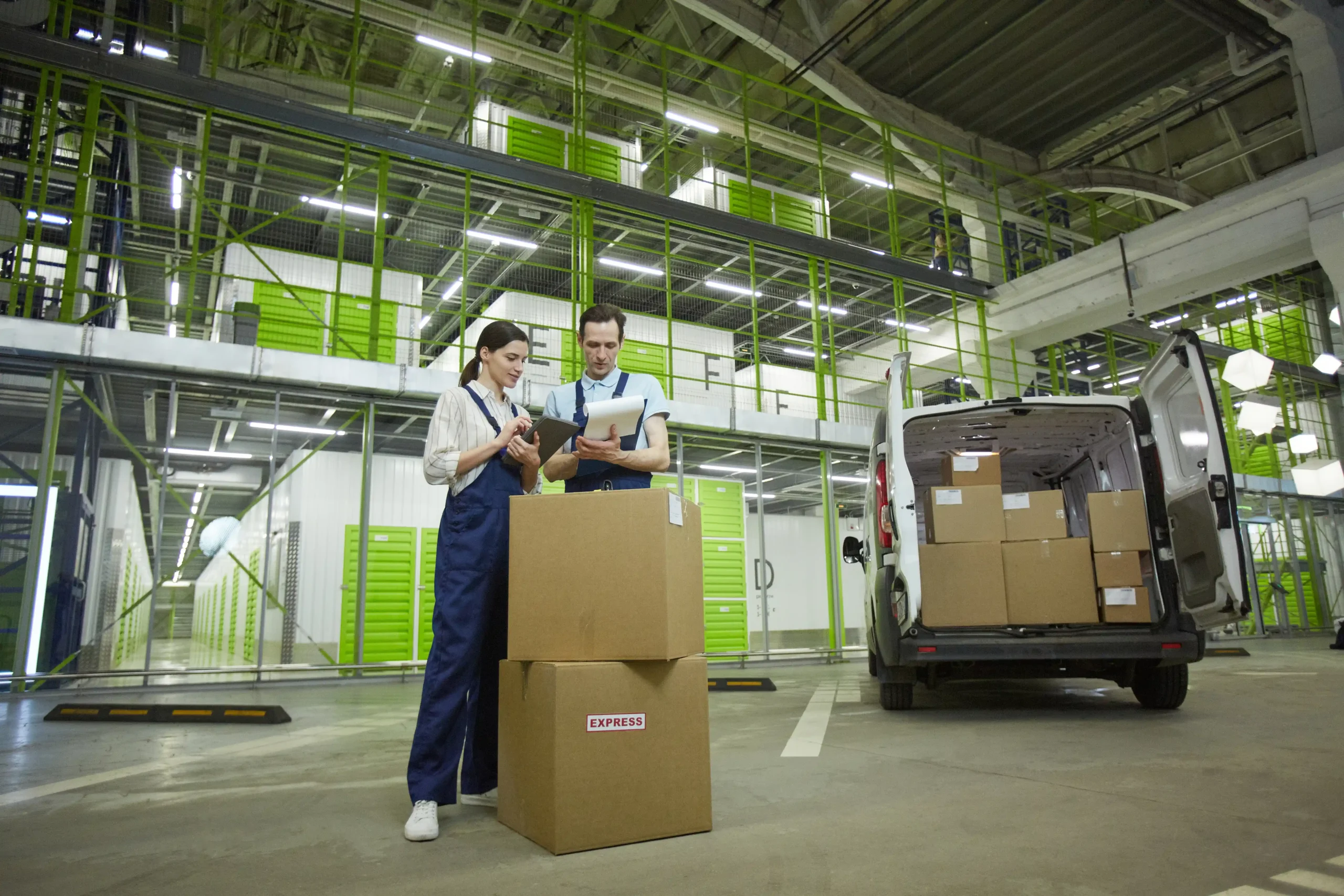Table of Contents
ToggleAt its core, Cross-Docking is a logistics strategy designed to streamline supply chain operations by eliminating or significantly reducing the need for storage. In this process, goods arrive at a distribution center, are sorted and consolidated, and are promptly loaded onto outbound transportation.
This minimizes the time products spend in warehouses, allowing businesses to deliver faster, cut costs, and operate more efficiently. Having spent 35 years in the third-party logistics and foreign trade zone industry, I can confidently say that cross-docking represents one of the most transformative methods we’ve seen in supply chain optimization.
It aligns perfectly with the just-in-time principles of modern logistics, enabling businesses to meet customer demands without the overhead of excessive inventory. For example, a shipment of fresh produce arriving at a distribution center can be split into smaller loads and dispatched directly to grocery stores.
Instead of sitting in storage, these perishable items move quickly to their destination, preserving freshness and reducing waste. This efficiency is the hallmark of cross-docking.

The process of cross-docking may sound straightforward, but it requires a finely tuned system to function smoothly. At Tri-Link FTZ, we’ve implemented cross-docking operations in ways that transform how goods flow through supply chains.
Here’s how it works: Goods arrive at a facility in mixed or bulk shipments. They are promptly unloaded and sorted according to their final destination.
In some cases, smaller shipments are consolidated into a single outbound load to optimize transportation. Once sorted, the goods are loaded onto outbound trucks or containers and sent to their destinations.
This process requires precise coordination, as inbound and outbound shipments must be synchronized. Timing is critical—any delays in receiving or dispatching goods can disrupt the flow, which is why investing in technology and skilled personnel is essential.
For example, at Tri-Link FTZ, we’ve helped e-commerce clients reduce their shipping times by using cross-docking to process large volumes of packages for same-day or next-day delivery. This approach has significantly enhanced customer satisfaction and loyalty.
Not all cross-docking operations are the same. Depending on a company’s needs, cross-docking can take several forms:
Each type of cross-docking offers unique advantages, and selecting the right method depends on your industry, product type, and logistics needs.
Cross-docking provides several clear advantages that make it a game-changer for businesses:

While cross-docking offers significant benefits, it’s not without challenges. As someone who has worked through these hurdles, I understand the importance of addressing them proactively.
To make cross-docking work, businesses need the right infrastructure, technology, and processes. At Tri-Link FTZ, we’ve perfected this formula over decades of experience.
Cross-docking is a versatile strategy that benefits a wide range of industries:

Some of the most successful companies in the world use cross-docking to optimize their supply chains:
These examples highlight the transformative power of cross-docking when implemented effectively.
To gauge the effectiveness of cross-docking, businesses should track several key metrics:
At Tri-Link FTZ, we use these metrics to continuously improve our cross-docking operations, ensuring maximum value for our clients.
One of the less obvious but increasingly critical benefits of cross-docking is its positive impact on the environment. By streamlining logistics operations and reducing unnecessary steps in the supply chain, businesses can lower their carbon footprint.
At Tri-Link FTZ, we’ve seen firsthand how this strategy minimizes emissions and promotes sustainability. For instance, the consolidation of smaller shipments into larger outbound loads reduces the number of vehicles needed on the road.
Fewer trips mean less fuel consumption and lower greenhouse gas emissions. Additionally, since cross-docking eliminates the need for long-term storage in energy-intensive warehouses, it reduces overall energy usage.
Another key environmental benefit is the reduction in product waste. For perishable goods, cross-docking ensures faster delivery, which translates into fewer spoiled or expired items.
This not only saves businesses money but also helps in combating global food waste—a significant environmental challenge. Moreover, the adoption of technology in cross-docking further supports eco-friendly practices.
Advanced Warehouse Management Systems (WMS) and automated sorting processes enhance efficiency and reduce energy waste. These systems ensure that trucks leave the facility fully loaded, maximizing every mile traveled.
By implementing cross-docking strategies, businesses can align with growing consumer demand for sustainable practices while also achieving cost savings. At Tri-Link FTZ, sustainability is a priority, and cross-docking plays a vital role in our commitment to greener logistics.
Cross-docking is not a one-size-fits-all solution, but for many businesses, it can be a powerful tool to enhance supply chain efficiency and reduce costs. At Tri-Link FTZ, we’ve spent decades refining this process, helping clients from diverse industries achieve faster delivery times, better inventory management, and greater customer satisfaction.
Whether you’re a retailer aiming to streamline seasonal inventory, an e-commerce company competing on delivery speed, or a manufacturer optimizing just-in-time production, cross-docking can provide a competitive edge. However, it requires careful planning, investment in infrastructure and technology, and strong partnerships across the supply chain.
If you’re unsure whether cross-docking is the right fit for your business, consider these questions:
At Tri-Link FTZ, we’re here to help you answer these questions and design a logistics strategy tailored to your needs. With over 35 years of experience in third-party logistics and foreign trade zones, we have the expertise and resources to guide you toward success.
Share this article
We have other resources available upon request as well as one-on-one support and personalized answers, just like our services.
Simply contact us anytime and we’ll get back to you to answer your questions and provide meaningful answers that show you how Tri-Link supports your logistics, reduces costs, and accelerates efficiency.
Tri-Link delivers exceptional FTZ and 3PL services tailored to your global trade needs.
Our solutions combine innovation, quality, and efficiency to exceed your expectations and meet your specific requirements.